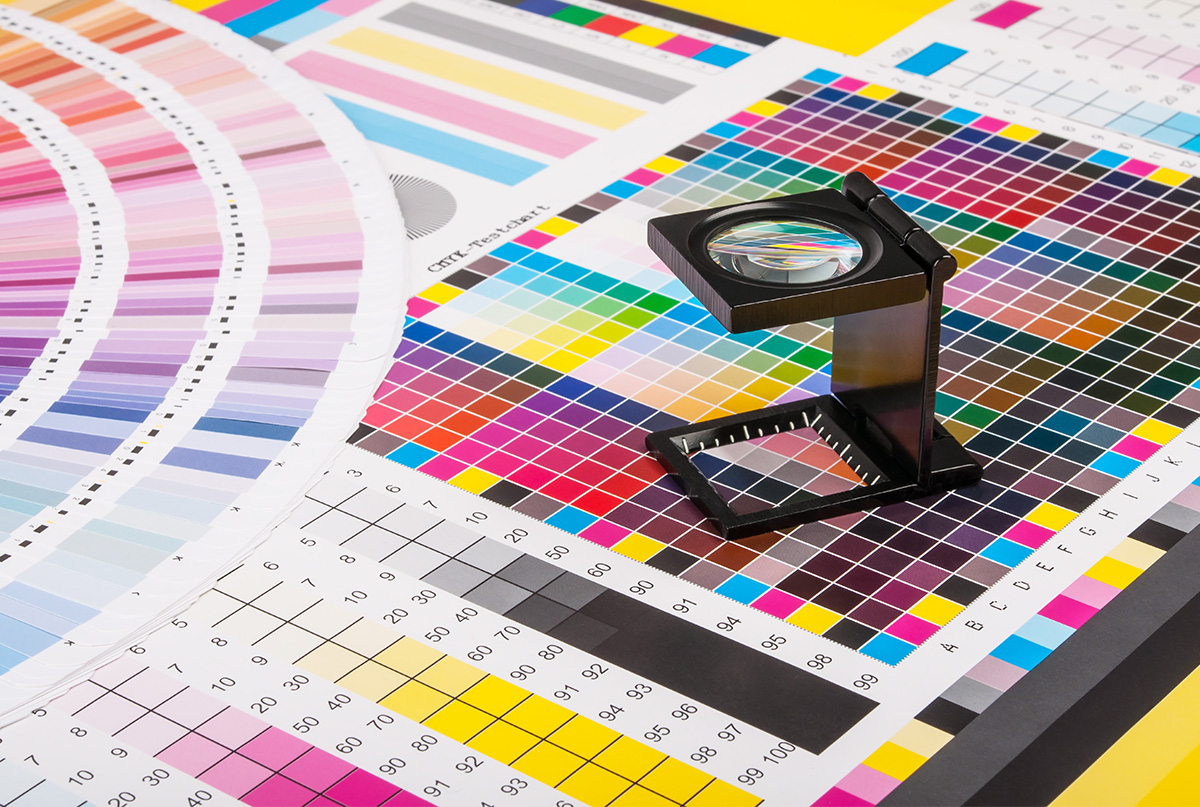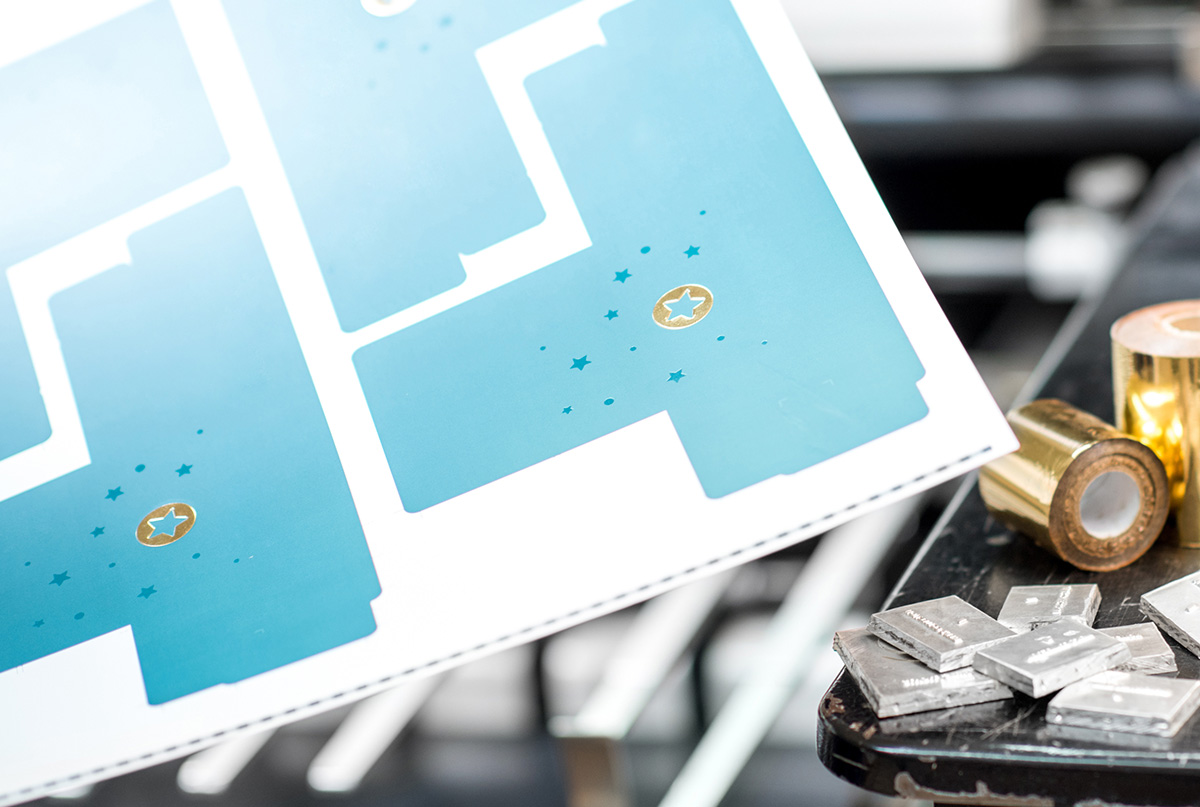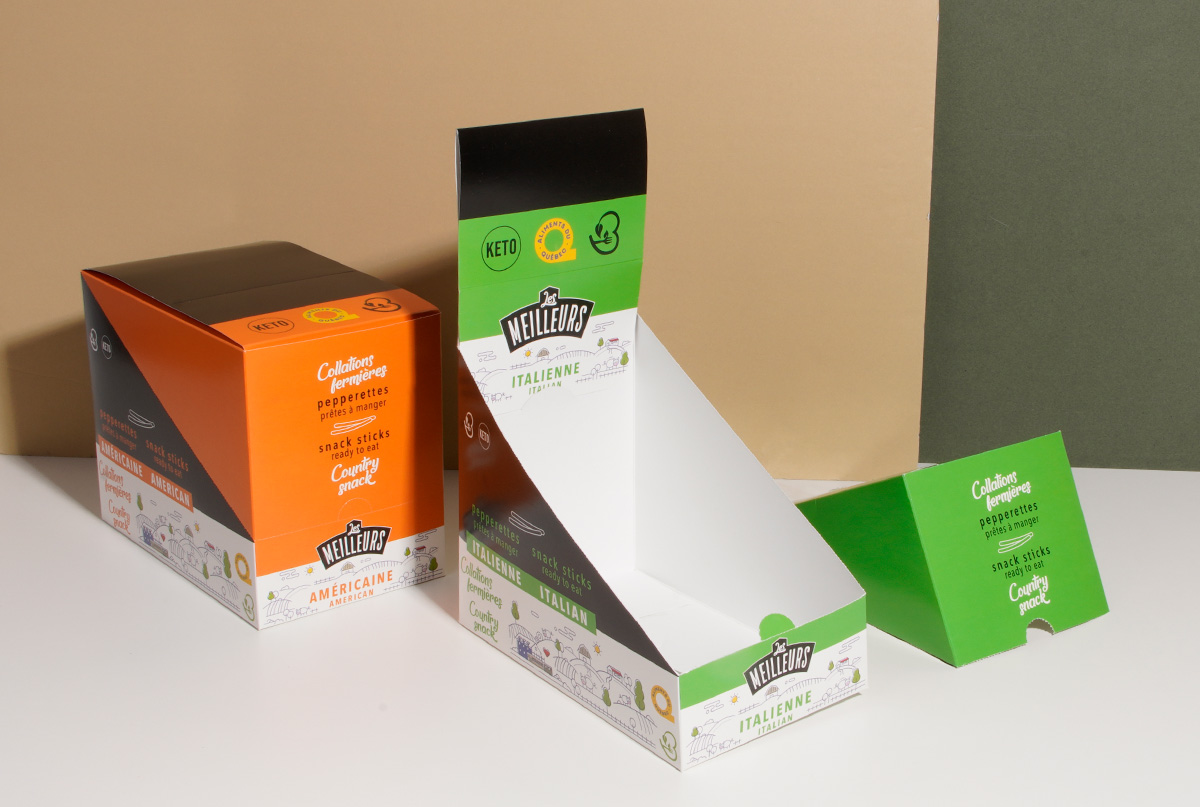As you set up your order for product packaging, you will notice that you have several printing options, such as CMYK, RGB, and PMS color. Of these, CMYK is the most common, but you should still learn more about it before deciding on this full-color process.
Basic Definition of CMYK
CMYK is also referred to as full color or process color. The name comes from the four colors that it uses: Cyan, Magenta, Yellow, and Key (black). You can combine these four colors in different quantities to achieve any other color commonly used in printing. This is done by varying the size, pattern, and frequency of dots of each color.
Importantly, CMYK inks are usually printed on a white or light background, with the inks masking that background color. This makes it a subtractive color spectrum. Every bit of ink added to the surface reduces the amount of reflected light.
As a note, black is called “Key” because of its status as the main color in determining the image. It delivers depth and shading. Others say that “Key” comes from the fact that the plate used in printing is black.
Why Printers Use CMYK
As mentioned, CMYK is the most common method of printing colors. This is partly thanks to its ease of standardization, as it allows for so many different colors. That ability to standardize leads to consistency in printing. CMYK is also easy to monitor with software and scanners.
What About Halftones?
Halftones are a specific option available when you use CMYK colors. Halftones are groups of small and large dots that appear as continuous shades of color when you look at them from a distance.
With halftones, you intentionally use a series of dots instead of the full image. This lets you print the entire color and tone range of art or photos.
Bonus: What’s PMS?
PMS, or the Pantone Matching System, color is more common for spot colors and unique inks. The PMS color is identified by its Pantone name or number within the larger color chart. This method ensures that you know exactly what the color looks like once printed instead of having to guess based on the color on your computer screen.
Bonus: What’s RGB?
The other color model you will typically hear in relation to CMYK is RGB. This is a type of additive color spectrum and stands for Red, Green, and Blue. You add colors to a black canvas to create the image.
RGB uses light as a way to display color. By comparison, CMYK uses reflected light. You are most likely to see RGB colors on digital displays, with the light from the device displaying the color. That’s why it is so uncommon on product packaging; it is for digital spaces, not physical ones.
Conclusion
Most product packaging manufacturers will use CMYK due to the ability to include nearly every color and the high level of standardization. If your colors are in another file format, such as RGB, you will need to convert them. However, your packaging company should be able to help you with this.




